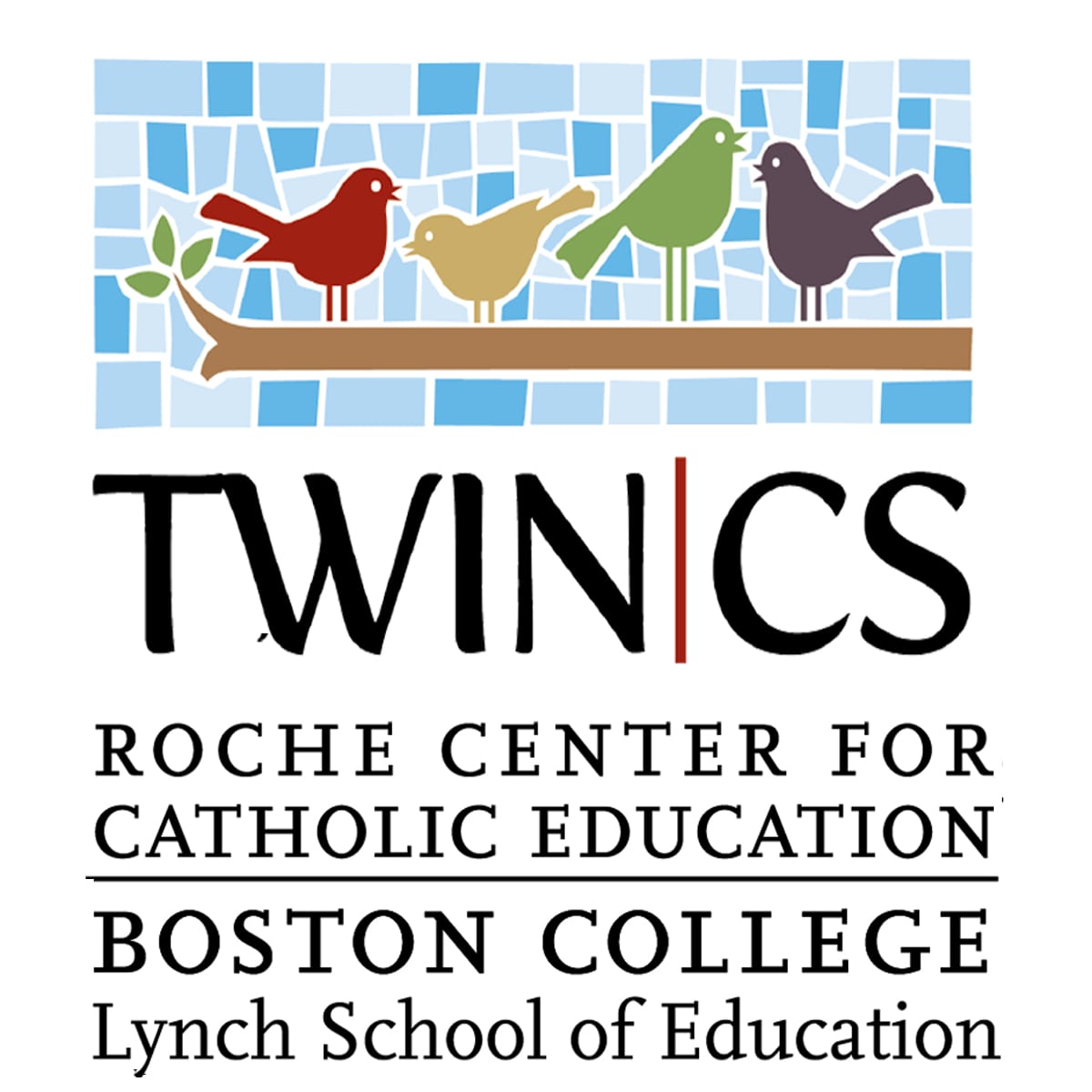Written by contributing writer Emily Kaplan, this recent Edutopia article highlights 6 Essential Strategies for Teaching English Language Learners. In a prelude to the article, Kaplan mentions that multiple educators with “decades of experience in teaching ELLs” were interviewed to find effective teaching strategies; such interviewees include Larry Ferlazzo, an educator and author of The ESL/ELL Teacher’s Survival Guide; Emily Francis and Tan Huynh, longtime teachers of English as a Second Language (ESL); and Helen Thorpe, a journalist who spent a year observing a teacher who works with ELLs.
First, the article acknowledges that over 10 percent, or more than 4.8 million, students are English Language Learners (ELLs). The interviewees advocate for the following six strategies to teach this growing population of students:
- Cultivate relationships and be culturally responsive
Generally speaking, most educators agree that a culturally responsive classroom with well-cultivated relationships between student-teacher is paramount to a healthy, supportive classroom environment. For ELLs, this type of classroom environment is necessary: “A successful classroom, our educators agreed, is one in which students feel known, appreciated, and comfortable taking emotional and intellectual risks. That requires intentional planning and consistent messaging by the teacher.”
- Teach language skills across the curriculum
The interviewees agree that “English language learners should not be learning the fundamentals of English in isolation; they should be applying their developing language skills to rich academic content in all subjects.”
- Emphasize productive language
All interviewees agree that “productive language skills—hard-to-master dimensions of language fluency like speaking and writing—should be front and center from day one, even if students feel hesitant about them,” and offer suggestions to promote speech and writing from reluctant speakers, writers, etc.
- Speak slowly and increase your wait time
Increasing wait time allows for ELLs to “translate, process their thinking, translate back into English, and develop the courage to answer.” Furthermore, increased wait time usually generates more responses from the class: “The same researchers have shown that if you wait three to five seconds, the quality of responses is astronomically greater.”
- Differentiate and use multiple modalities
The article suggests that all students learn better when there are multiple means of representation and communication, that lessons with “writing, speaking, drawing, and listening, for example, give students four opportunities to deepen their understanding of the work.” Furthermore, for ELLs “those additional engagements also provide a little breathing room so they can work through the language barrier.”
- Incorporate students’ native languages and don’t be afraid of technology
And of course, “[b]ilingualism is the goal…not replacement.” Students’ native languages should be incorporated into the lessons whenever possible through strategies such as ““preview, view, review,” which “leverages a student’s native language skills as a foundation for learning the new language.”
For further detail on these six strategies, find the complete article here.

